English Version
Hello dear community of travellers, again absent for a while due to work. But, I haven't forgotten about Worldmappin. This weekend while touring the historic centre of Havana, I visited a very interesting place called ‘’The Automobile Museum‘’ known as ‘’El Garaje‘’. It is located in San Ignacio street, between Amargura and Teniente Rey, in the Historic Centre of the city, where the most relevant cars of the first half of the 20th century in the island are exhibited, where some belonged to important personalities of the history of Cuba. I hope you find it interesting.
The building consists of two floors where the first floor mainly exhibits automobiles and the second floor motorbikes. To buy the entrance pass to the museum you can pay either in cash or through the online payment platforms currently in use in the country.
The entrance to the museum is a reference to its name, as you can see in the image below it simulates the entrance to a car garage. Next to each piece there is a sign with information about the mechanical characteristics and the year.
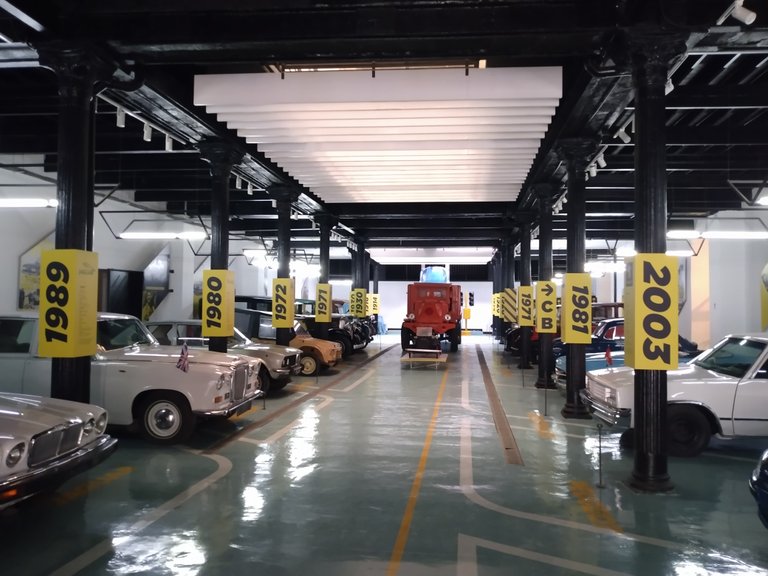
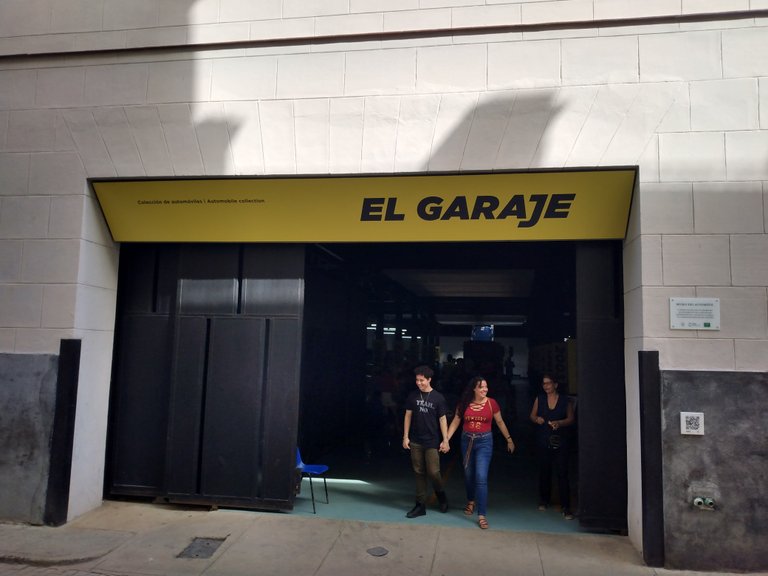
First floor (Main hall)
The exhibition starts with the most modern cars and the first one we meet is a blue Citroën that belonged to the eminent Havana historian, Eusebio Leal Spengler.
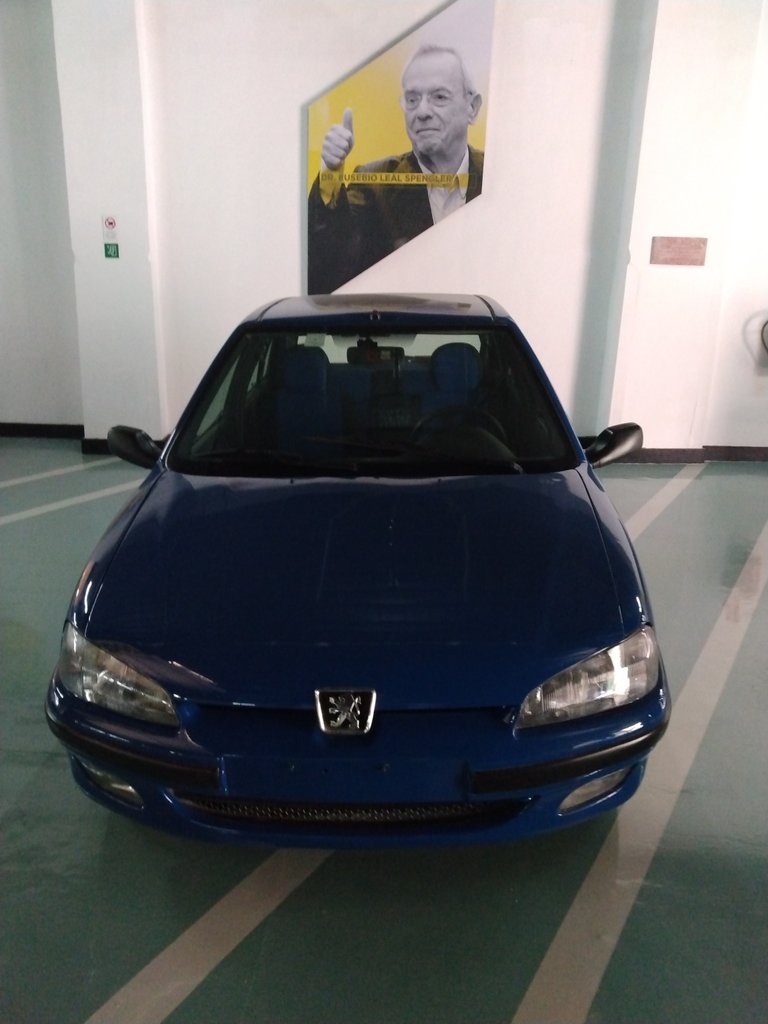
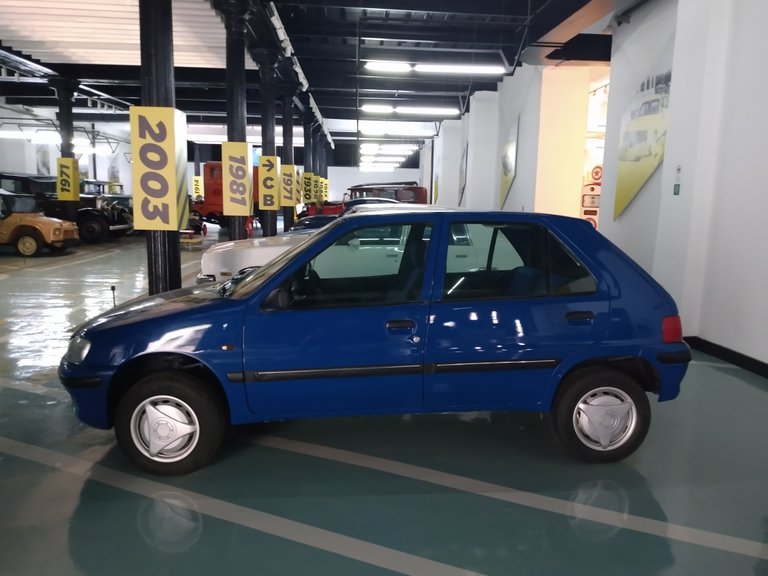
Next, we can observe the presidential cars donated by embassies, such as the 1989 British-made Jaguar which belonged to Nicholas Kay, Deputy Head of the British Embassy in Havana, donated to the museum's collection in the year 2000.
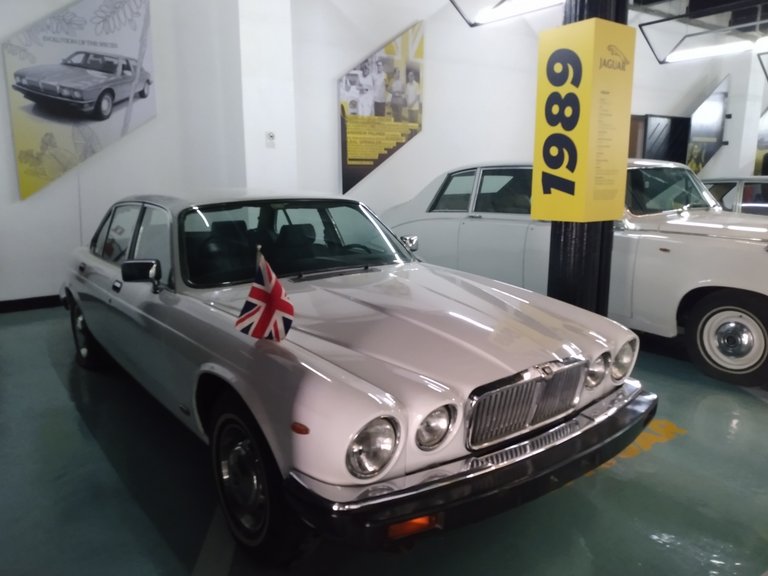
Here is a Daimler car, also of British origin, which during the 1980s was the official vehicle of the British Embassy in Cuba.
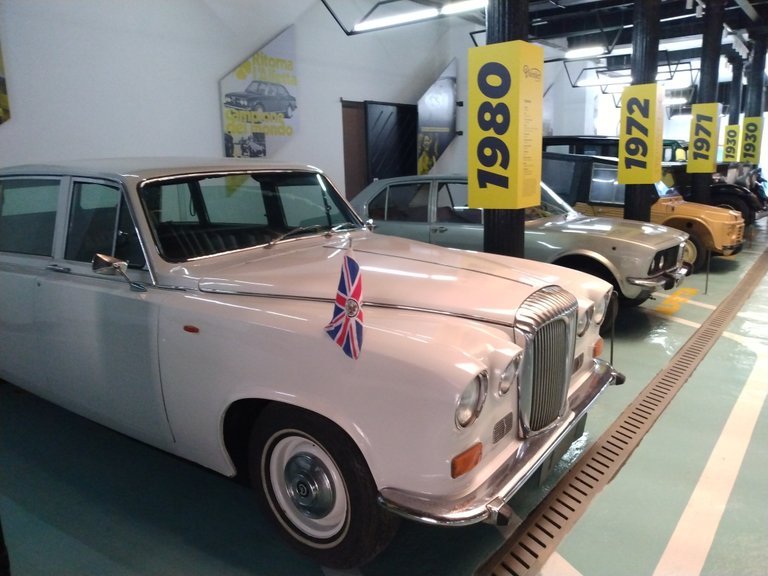
This 1972 Italian-built Alfa-Romeo is an example that served the Cuban Embassy in Italy in the early 1970s.
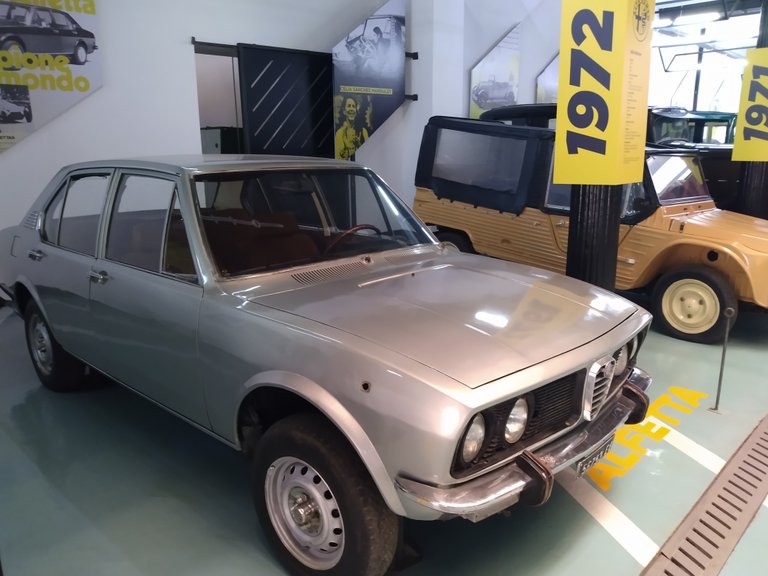
This peculiar carriage is a French-made Citroën Meharí, which was driven by Celia Sanchez Manduley, one of Cuba's historical figures.
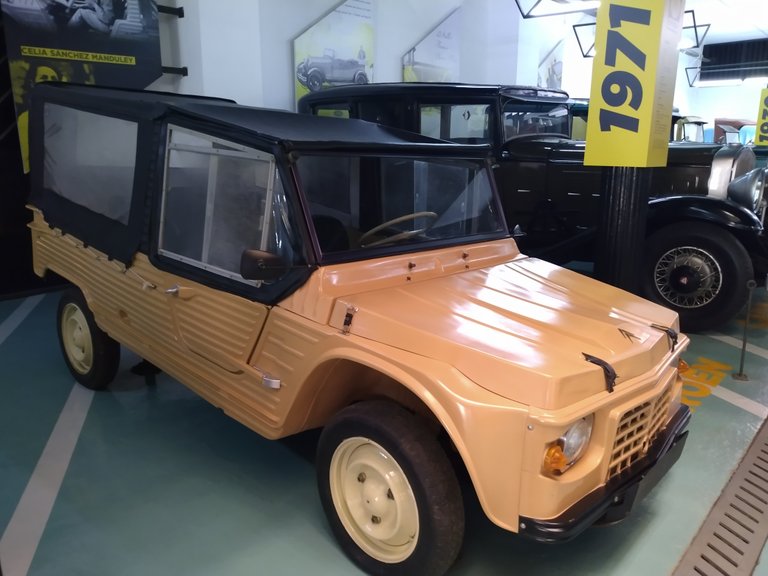
Before I continue, I would like to say that by 1958, Cuba was already in sixth place in the world in terms of the number of vehicles per inhabitant. And it was during this period that the vehicle fleet that represents the majority of the classic vehicles in circulation today began to circulate.
Another emblematic car is La Salle which participated with the number 40 in the first classic car race ‘’Havana-Varadero-Havana‘’ which took place in February 1887.
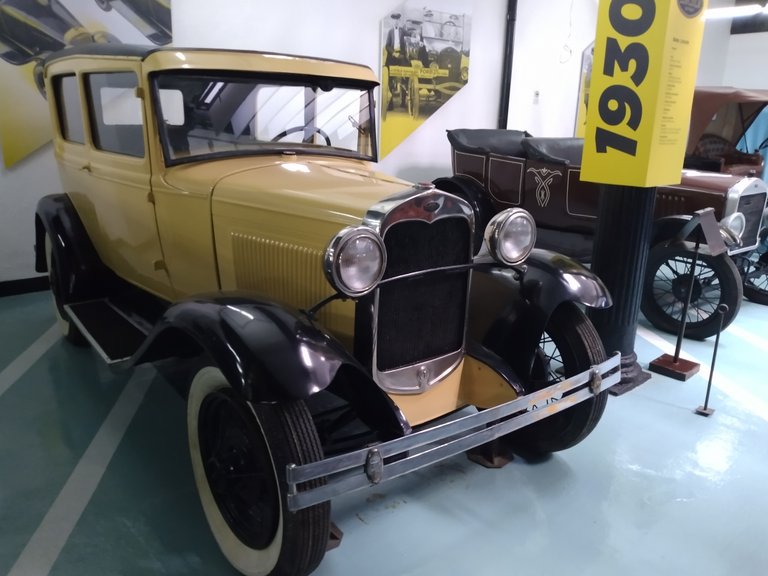
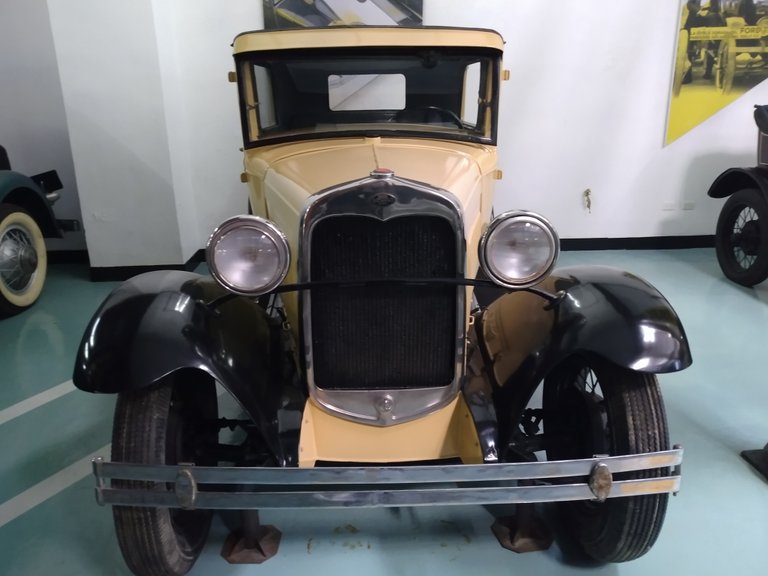
Here is an automobile of the prestigious American Ford brand that was operated by three pedals: one for reverse, one for forward and a third for applying the brake.
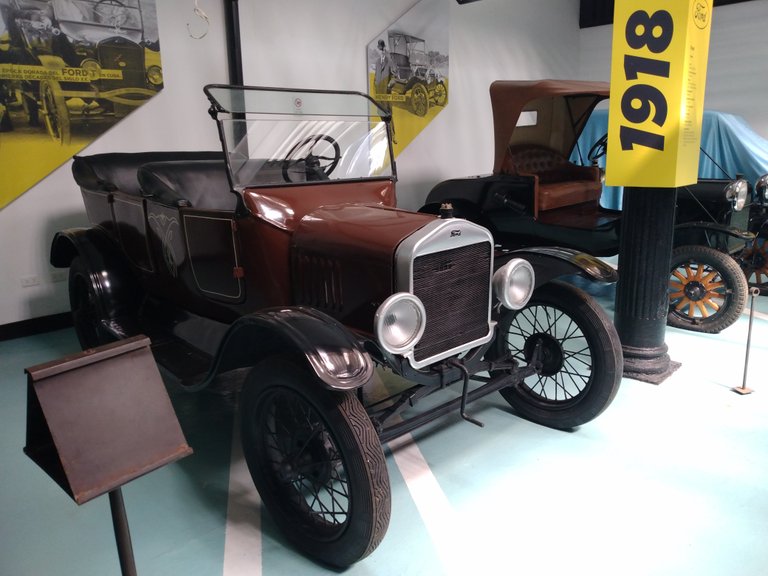
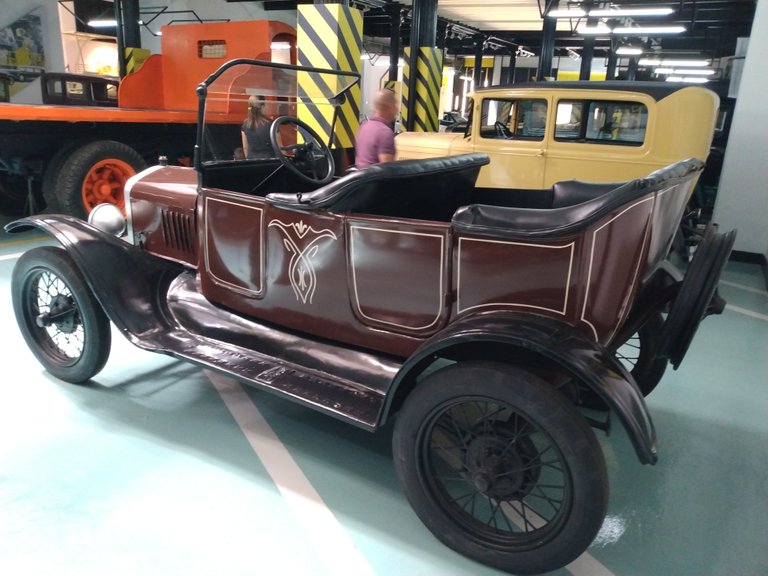
Here we can find a replica of the Masserati, the race car driven by the legendary Juan Manuel Fangio during the Havana Grand Prix in 1957. This replica was used in the filming of the movie ‘’Operation Fangio‘’.
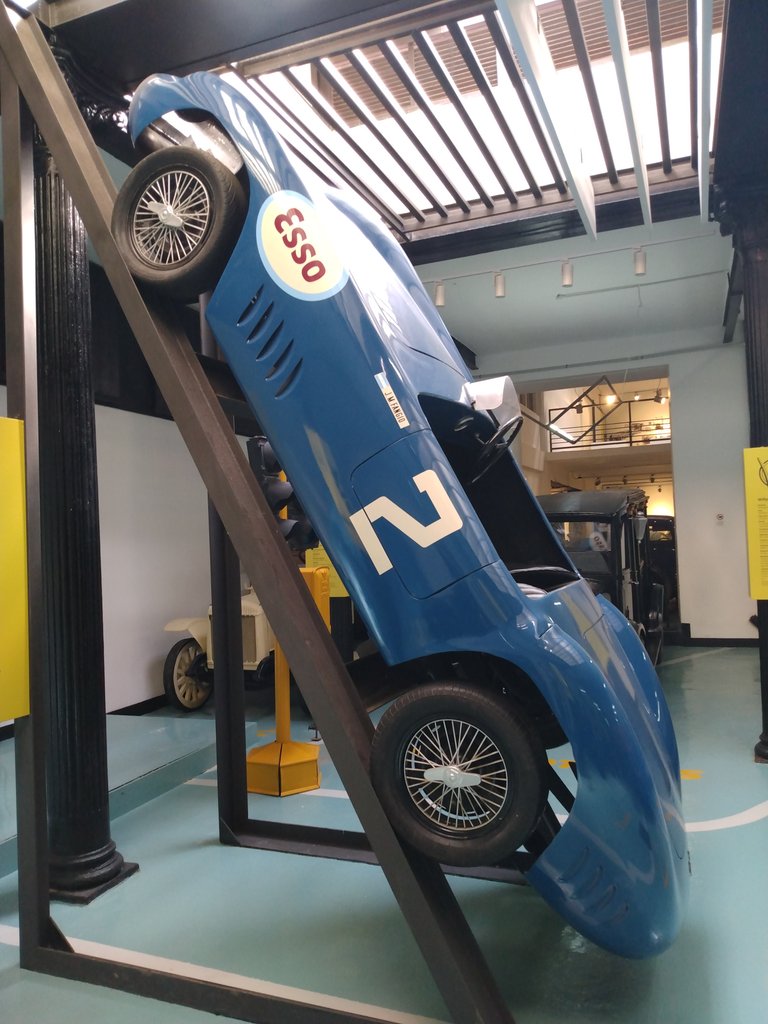
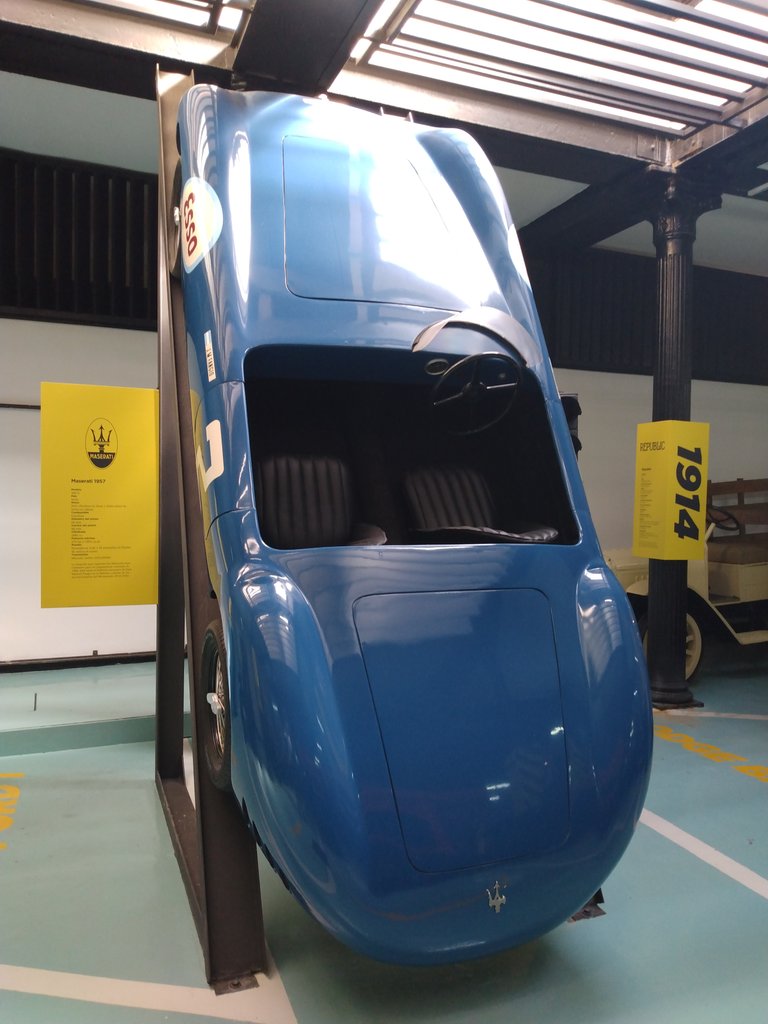
Ford cars, US-made Model A with mechanical transmission, three-speed cardan and one reverse.
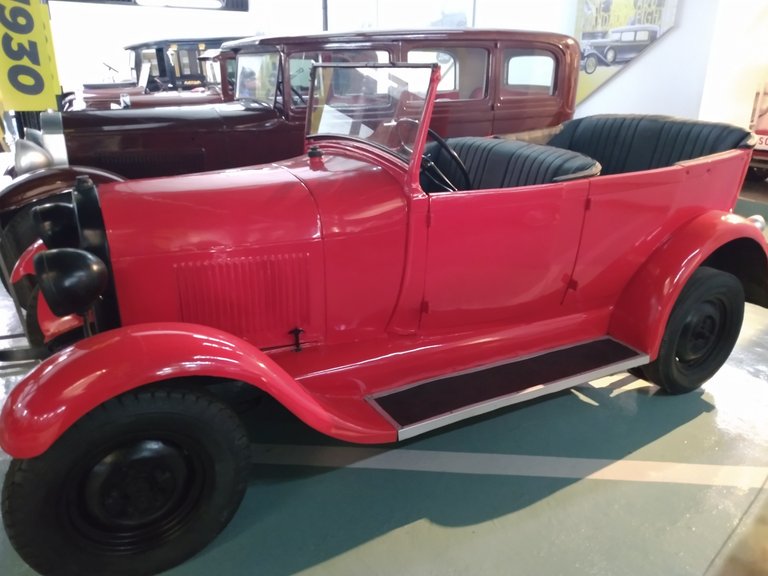
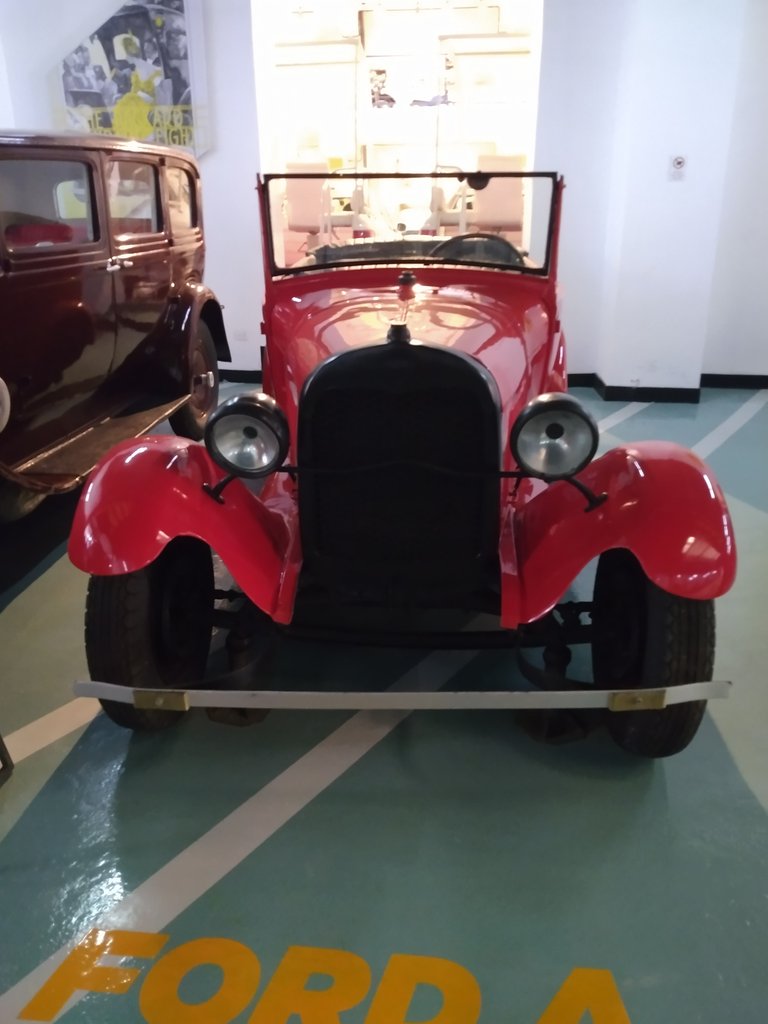
Also on display is a Volkswagen with a 4-speed synchronous transmission that belonged to one of the world's great writers, Alejo Carpentier. l
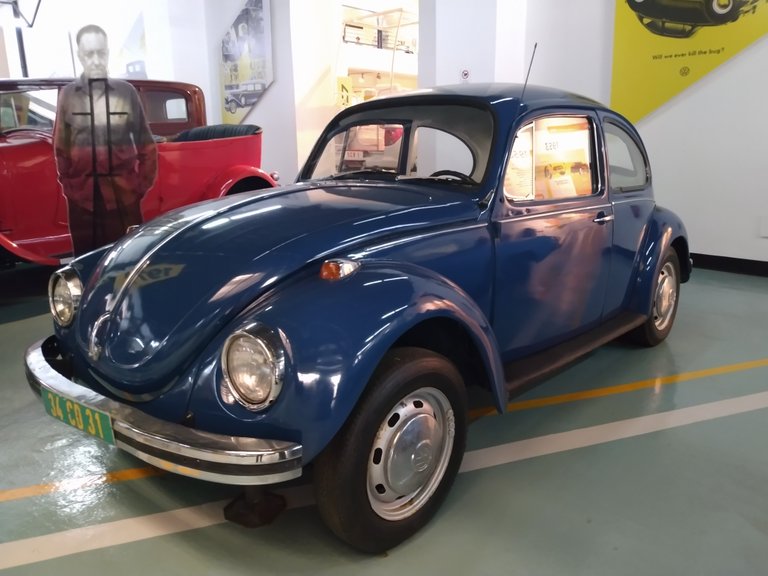
In the centre of the main hall is a 1915 MAC truck with chain drive.
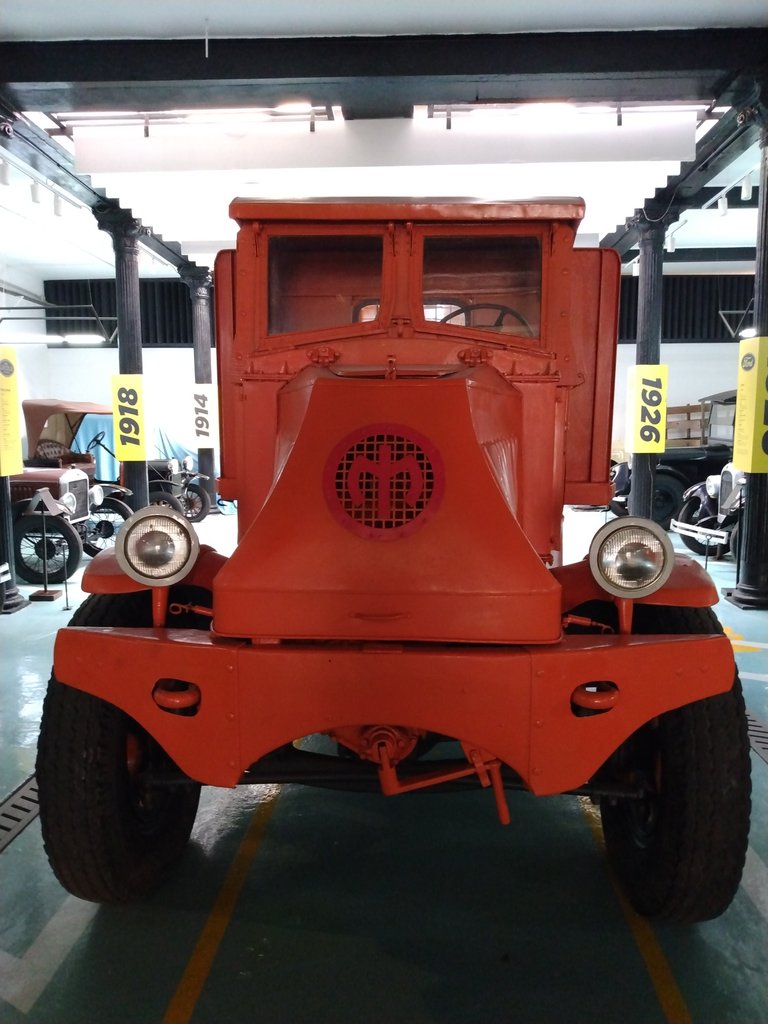
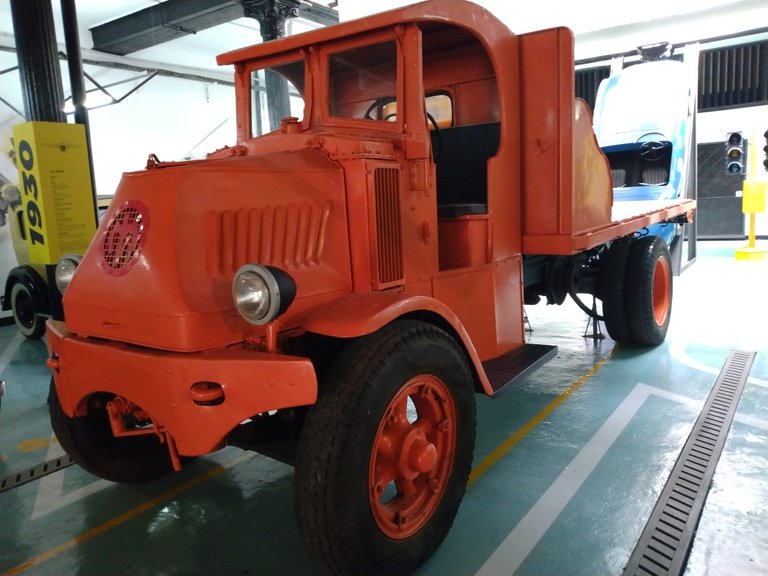
To one side of the main hall there is another exhibition room with other cars of historical significance. Just at the entrance of this room we find the old petrol pumps that existed in Cuba before the triumph of the Revolution, which belonged to foreign corporations such as: Texaco, Shell, Sinclair Gasoline, etc.
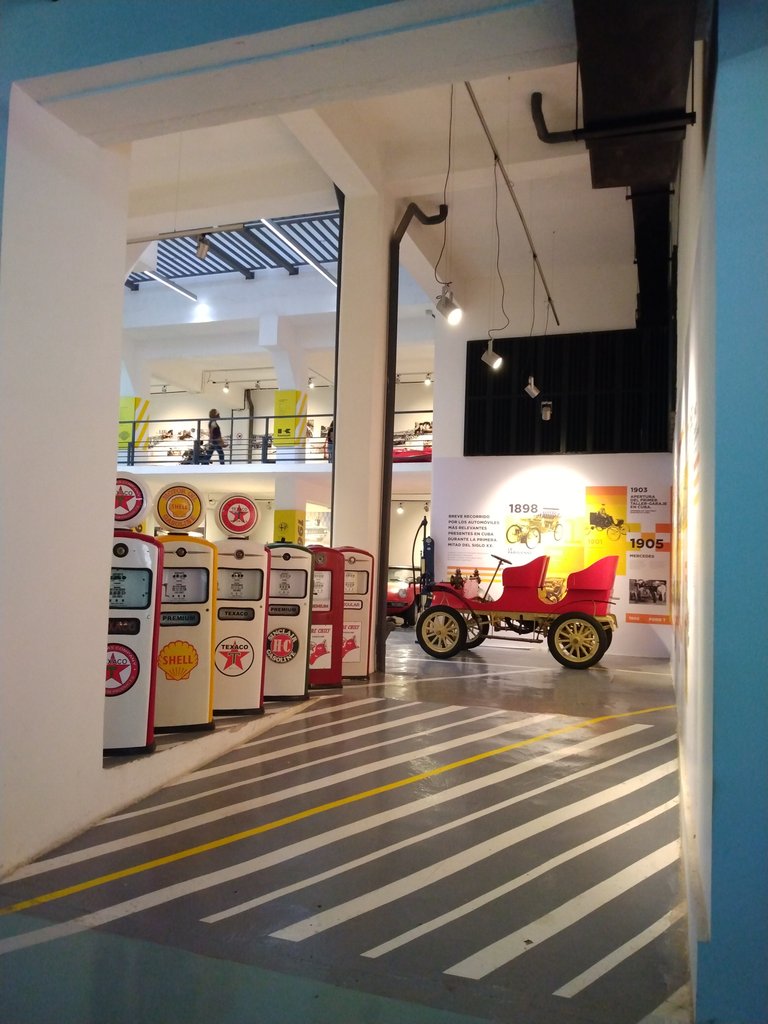
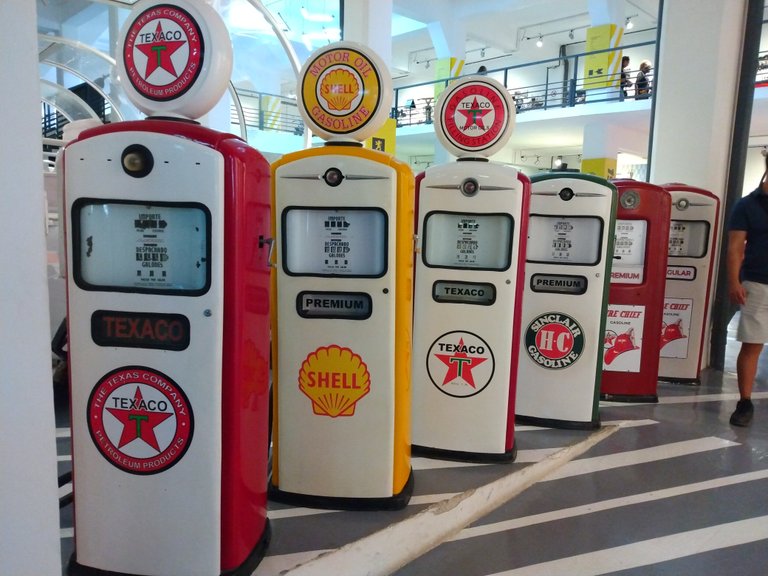
Here are 3 Peugeot cars from 2011 known as ‘’papamoviles‘’ as they were used to safely drive Pope Francis during his visit to Cuba in 2014. These vehicles were manufactured in Brazil and assembled in Cuba.
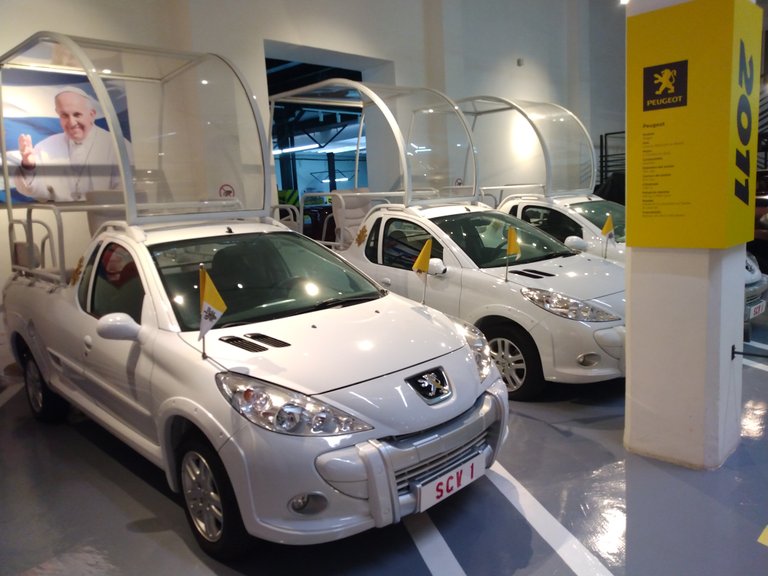
Another car that attracts attention because of its design and striking colour is an Italian-made Alfa Romeo sports car, where the Queen of the Havana Carnival used to drive.
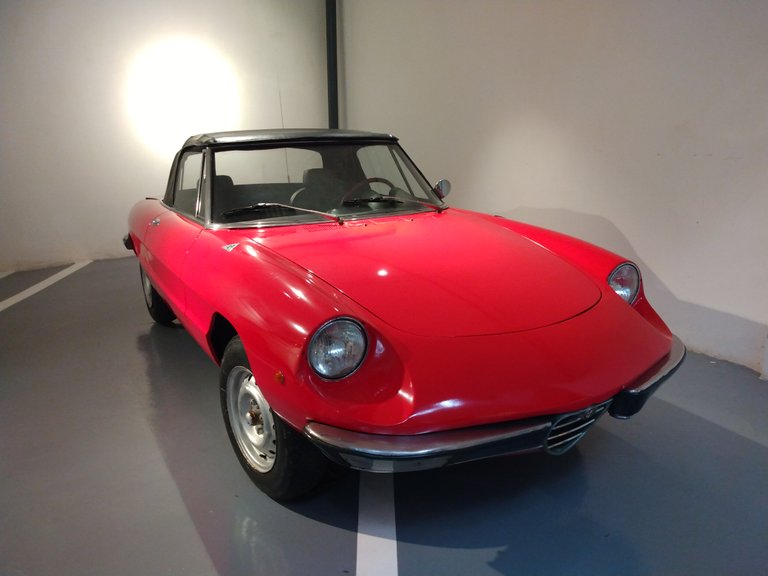
There are also cars that belonged to two of Cuba's most prominent historical figures, Celia Sánchez and Camilo Cienfuegos. Both vehicles are in a very good state of preservation and had advanced mechanical systems for their time, such as air conditioning and electric window mechanisms.
a 1960 Oldsmobile that belonged to the that belonged to the unforgettable Celia Sánchez.
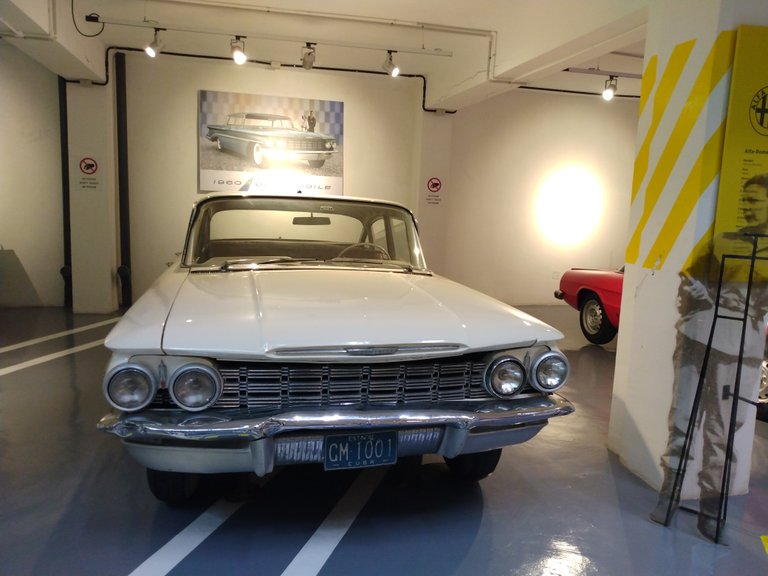
Car that belonged to Camilo Cienfuegos, this model of car was known as ‘’Cola de pato‘’.
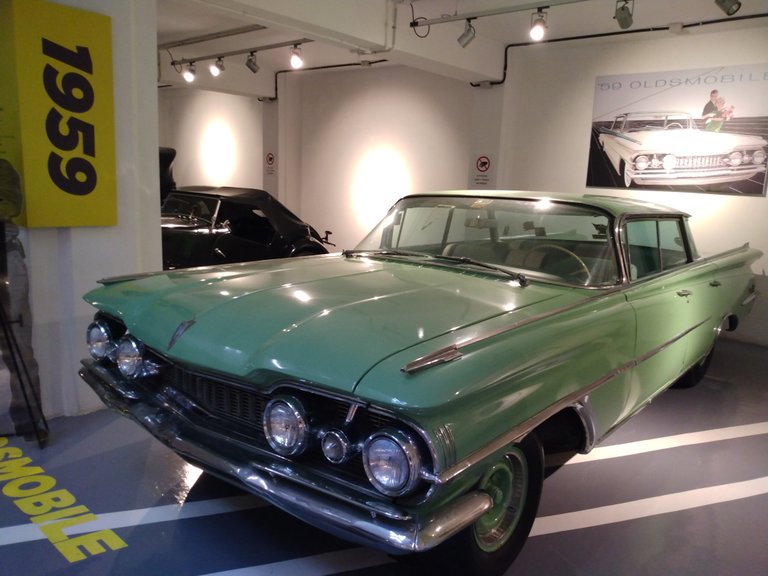
In the same room the most expensive car is presented, a real jewel, the Rolls Royce Phantom-I from 1925, which belonged to the Cuban sugar industrialist Nicolás del Castaño Padilla.
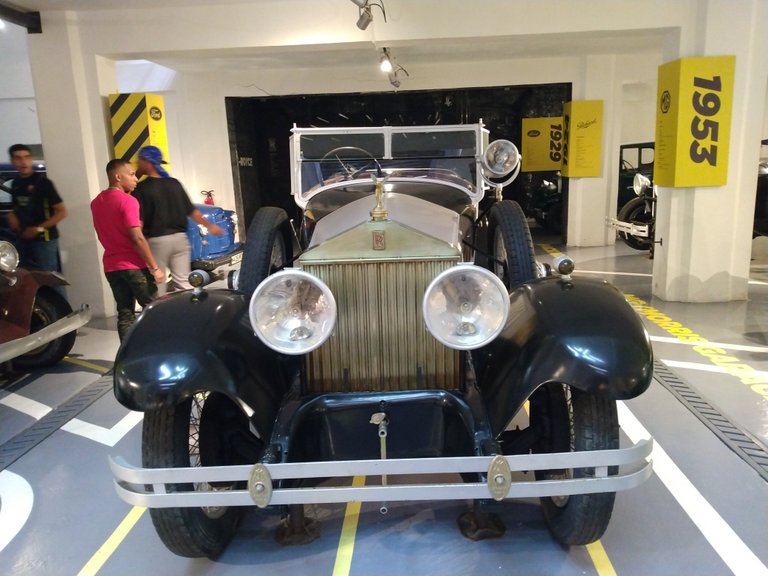
Right next to the staircase leading to the first floor we find a peculiar London taxi, owned by Anthony Caccavone, who donated it to the institution after using it for a decade. The car is a 1989-1997 Fairway and is unique in that it is wheelchair accessible. Its peculiar design includes the image of the Cuban flag in the cockpit, it has travelled more than 400,000 miles, promoting Cuba in London.
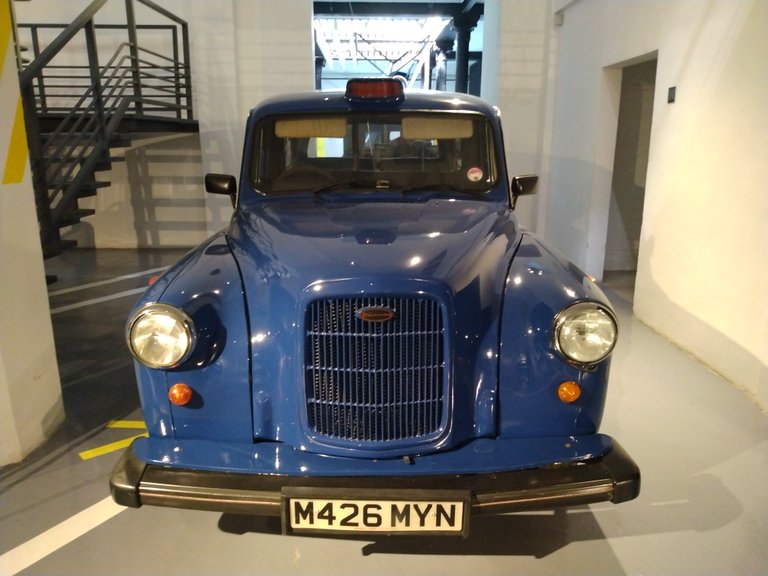
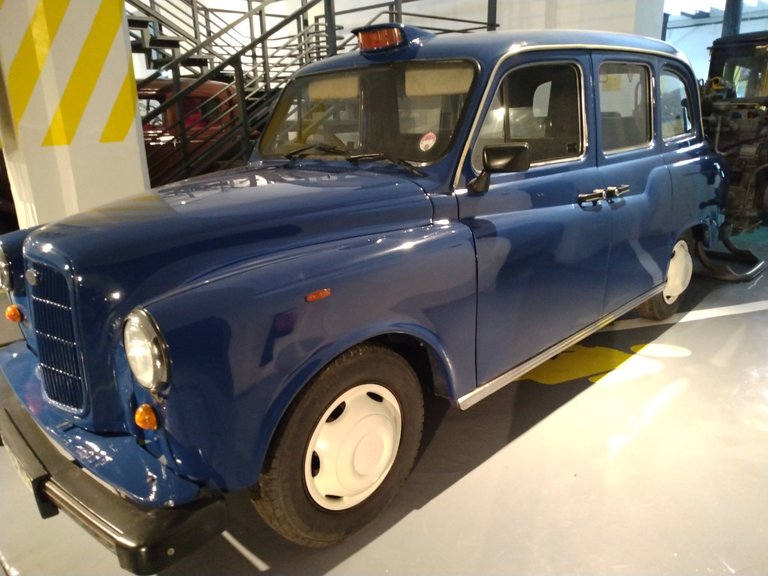
Close to the rear of the aforementioned London taxi is a ‘’Pegasus‘’ engine with several cross-sections to show the mechanically interested visitor the internal structure of this powerful engine.
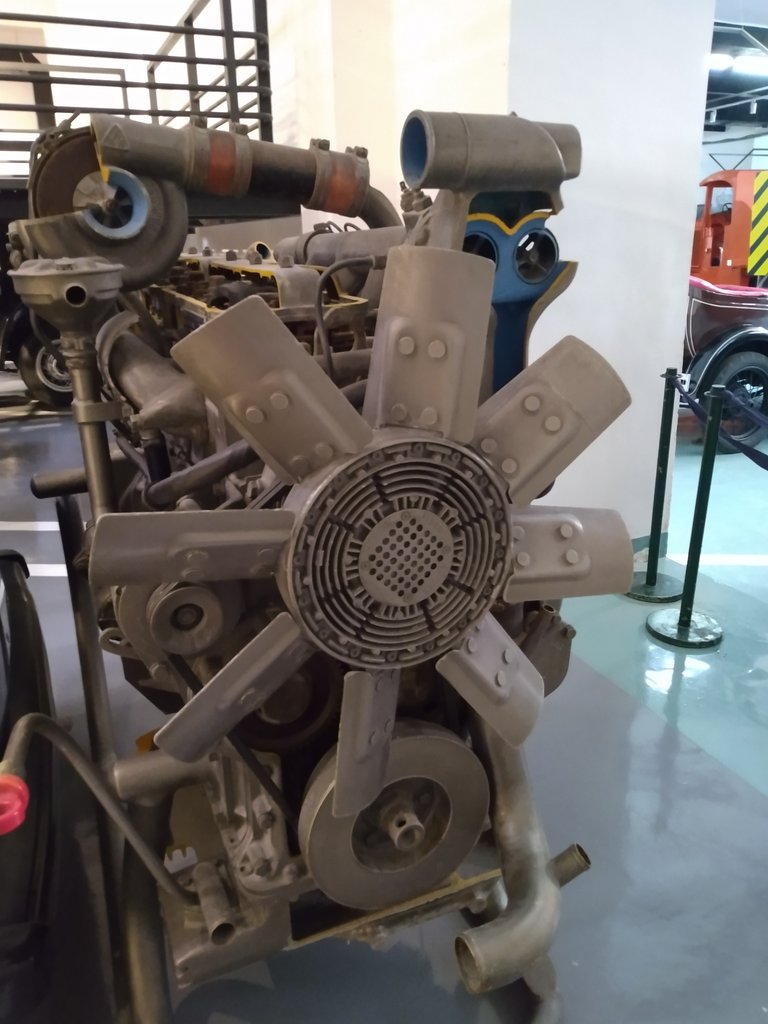
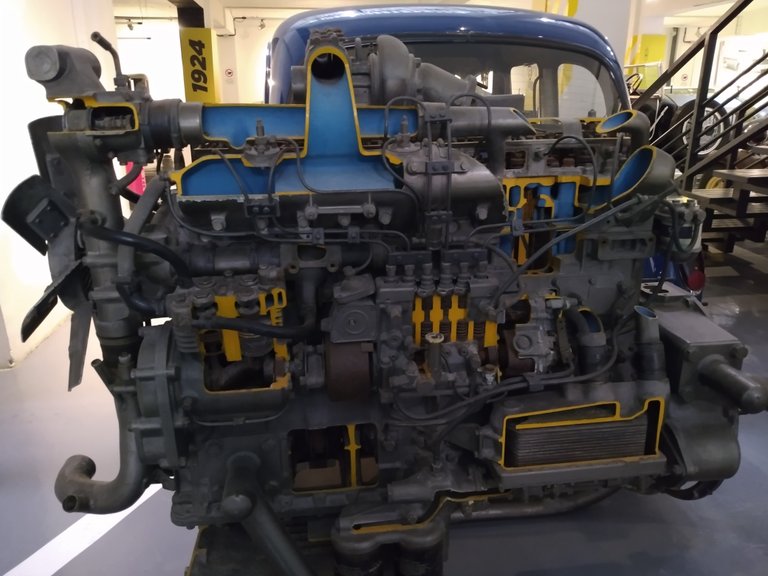
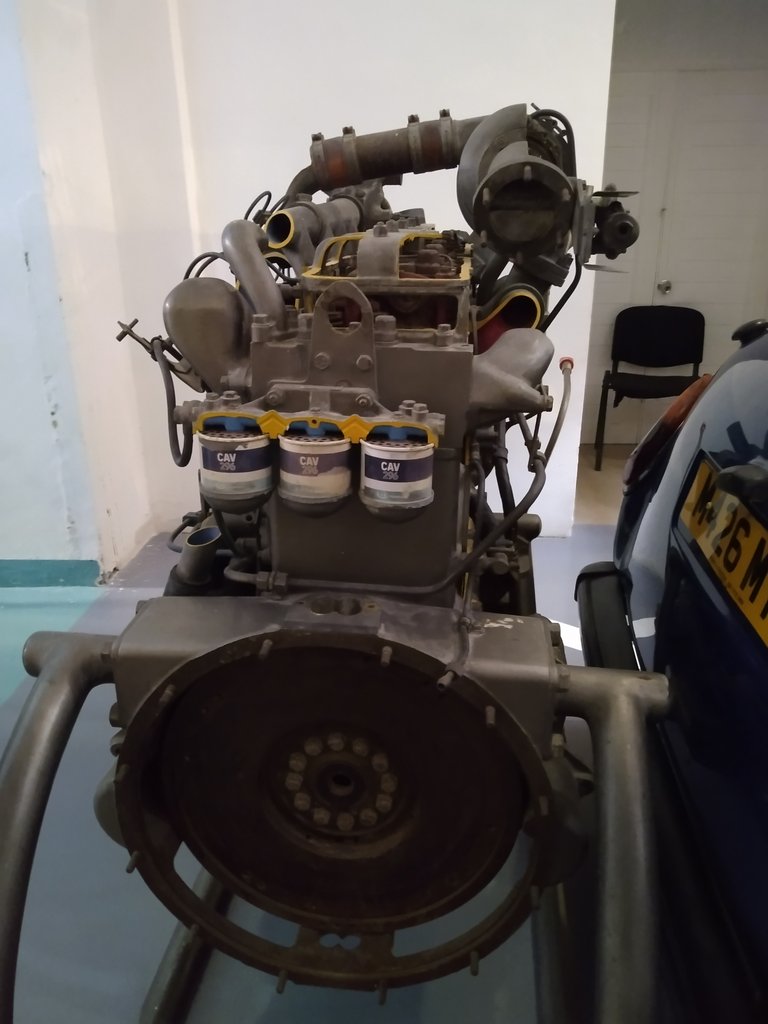
Second floor
As I mentioned earlier, on the first floor is the showroom dedicated mainly to motorbikes.
Collection of American-made Harley Davidson motorbikes from 1944 and 1947.
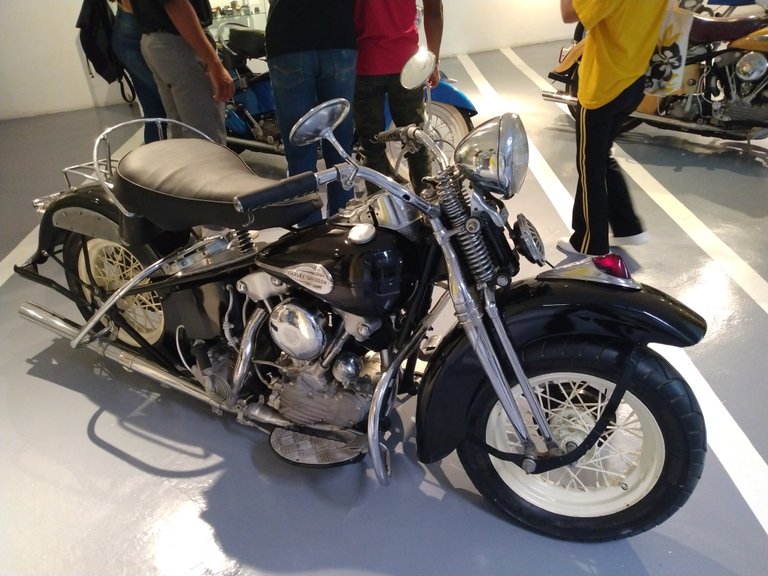
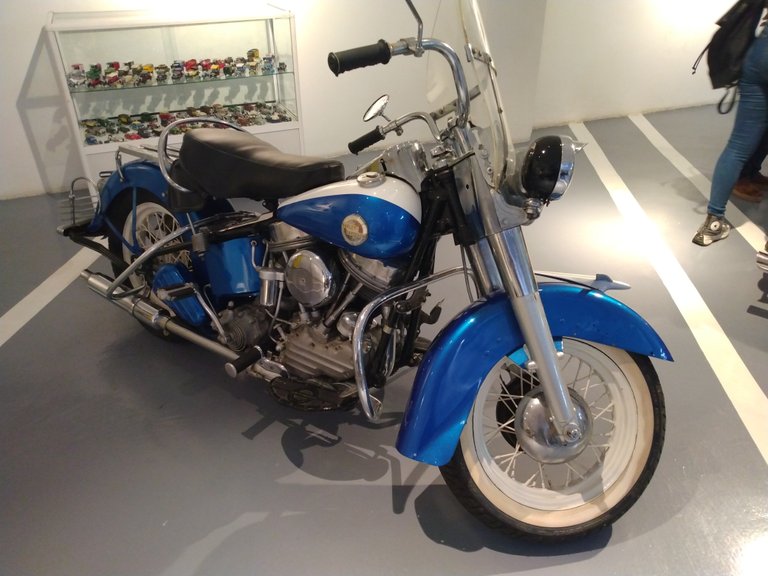
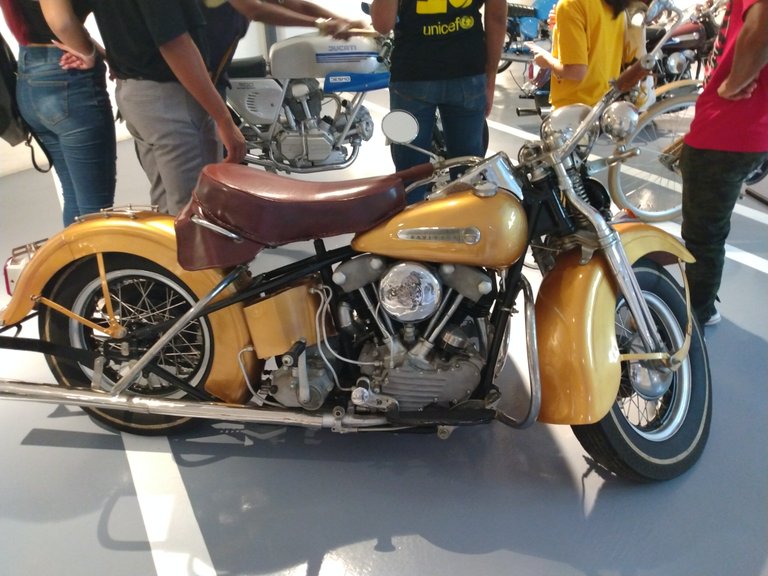
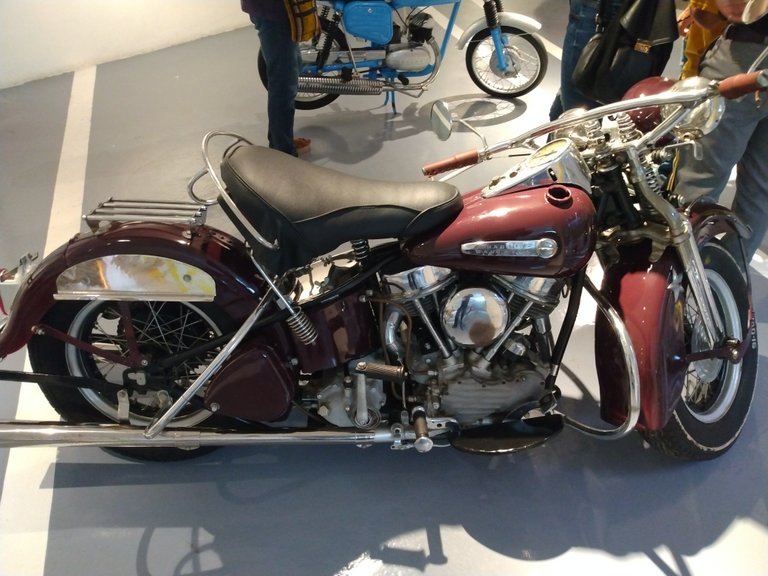
Ducati motorbike on which the rider was semi-recumbent with his arms stretched out in front of him.
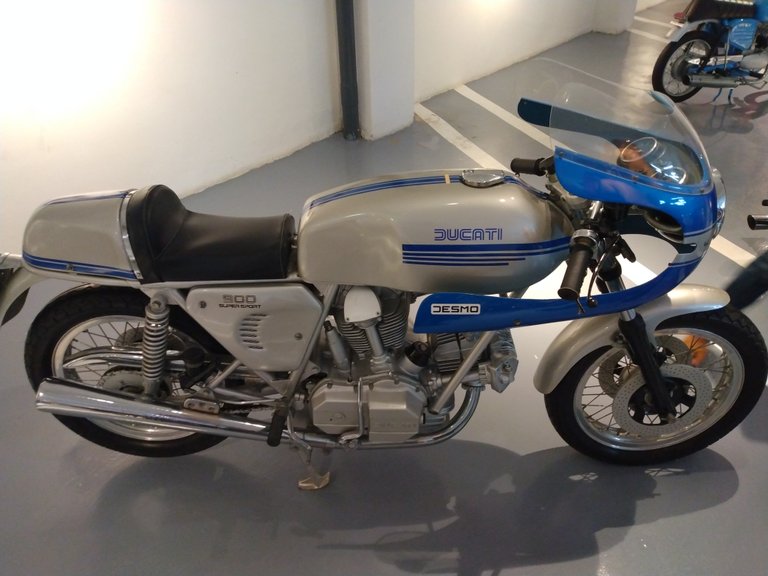
Motorbike Shark, 1982, German made. Very similar to the Karpaty motorbikes.
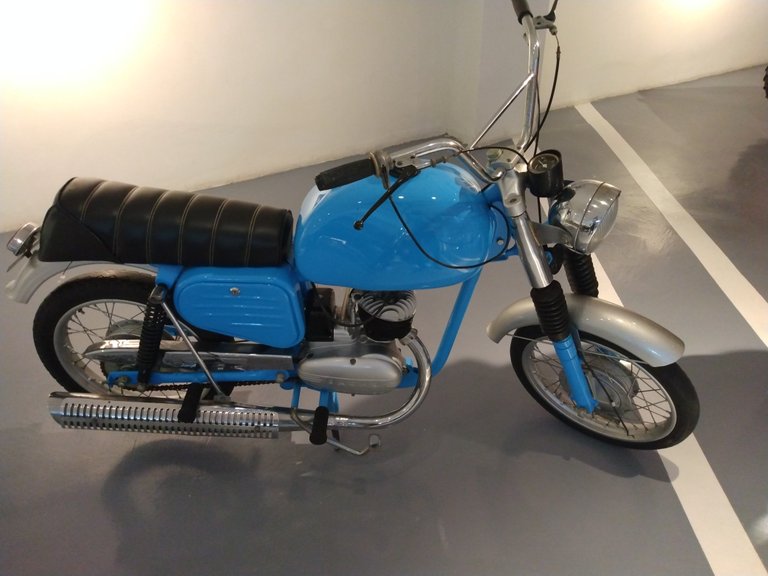
On one of the walls of the room there are some old pictures showing curious facts in the history of the automobile industry in Cuba, such as the first "camel" that circulated in Havana (for those who do not know, it is the name given in Cuba to an articulated vehicle for the mass transport of passengers, consisting of a truck with a trailer equipped like a bus).
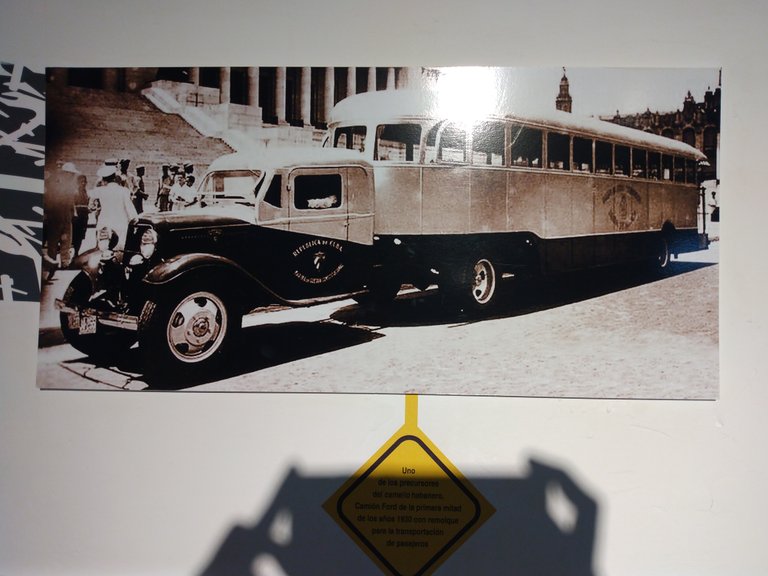
The famous photo of the legendary Cuban boxer Eligio Sardiñas, ‘Kid Chocolate’, standing next to a 1929 Graham automobile.
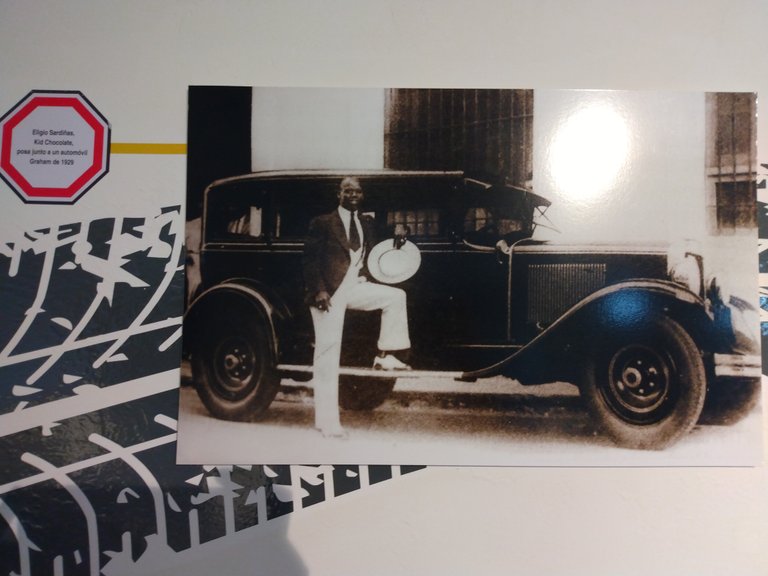
COCO-MAT bicycle donated to Cuba in 2023 by the Greek company of the same name. The company designs, manufactures and assembles bicycles made from environmentally friendly materials. In this case the bicycle is made of white oak, steel and aluminium.
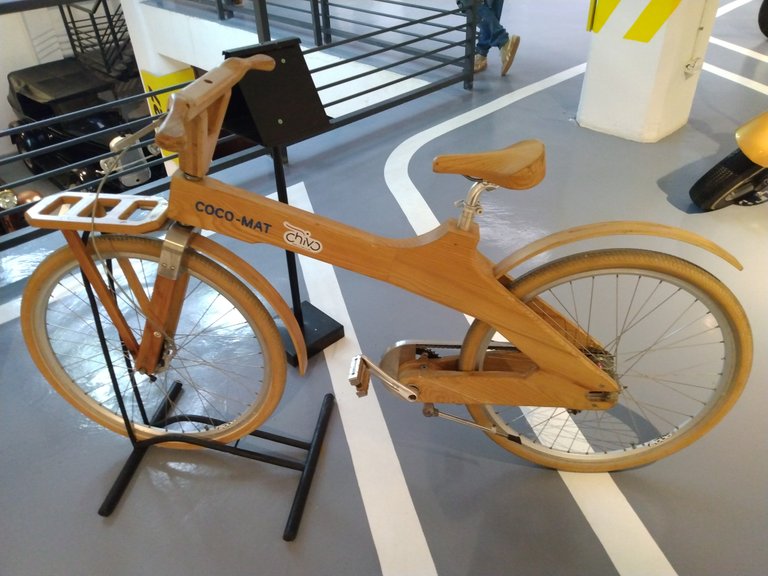
Finally, I would like to close this virtual tour with the beautiful and detailed miniature car collections donated by Germany.
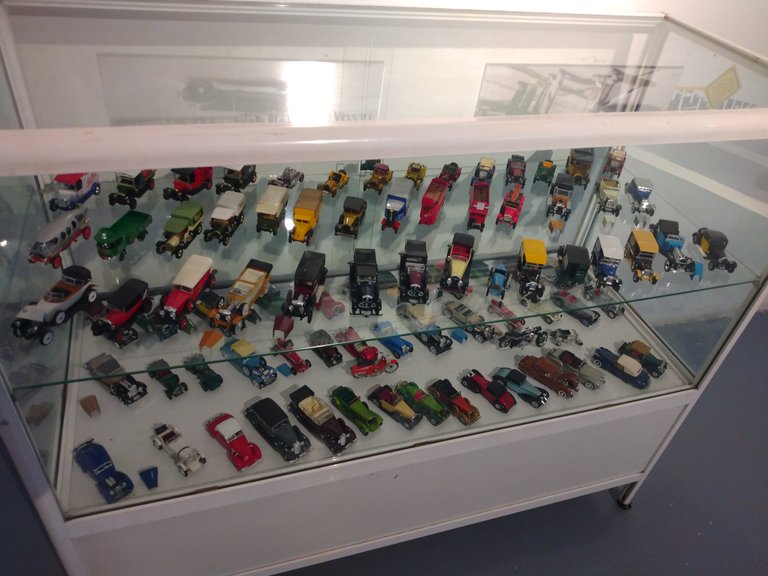
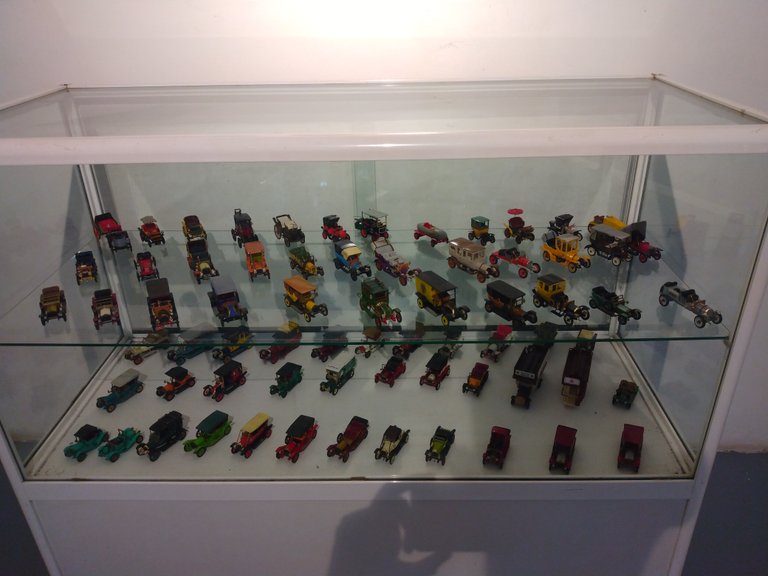
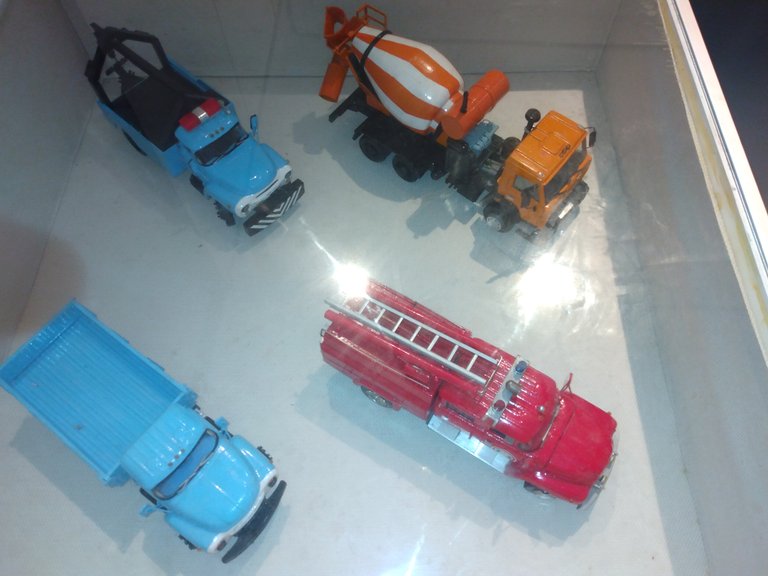
This is the end of our journey through the history of the automobile in Cuba. I hope you enjoyed it and don't miss the opportunity to visit it if you are visiting Havana. See you on the next tour.
All photos are my own and were taken by my Moto g play (2021) phone.
Translator: DeepL
Versión en Español
Hola querida comunidad de viajeros, de nuevo ausente por un tiempo debido al trabajo. Pero, no me he olvidado de Worldmappin. Este fin de semana mientras recorría el centro histórico de La Habana, visité un lugar muy interesante llamado ''El Museo del Automóvil'' conocido como ''El Garaje''. Está ubicado en la calle San Ignacio, entre Amargura y Teniente Rey, en el Centro Histórico de la ciudad, donde se exhiben los autos más relevantes de la primera mitad del siglo XX en la isla, donde algunos pertenecieron a importantes personalidades de la historia de Cuba. Espero que les resulte interesante.
El edificio consta de dos plantas donde en la primera se exponen principalmente automóviles y en la segunda motocicletas. Para adquirir el pase de entrada al museo se puede pagar tanto en efectivo como a través de las plataformas de pago online que actualmente se utilizan en el país.
La entrada al museo hace referencia a su nombre, como se puede ver en la imagen inferior simula la entrada a un garaje de coches. Junto a cada pieza hay un cartel con información sobre las características mecánicas y el año.
Primer piso (sala principal)
La exposición comienza con los coches más modernos y el primero que nos encontramos es un Citroën azul que perteneció al eminente historiador de La Habana Eusebio Leal Spengler.
A continuación, podemos observar los coches presidenciales donados por las embajadas, como el Jaguar de fabricación británica de 1989 que perteneció a Nicholas Kay, Jefe Adjunto de la Embajada Británica en La Habana, donado a la colección del museo en el año 2000.
He aquí un coche Daimler, también de origen británico, que durante la década de 1980 fue el vehículo oficial de la Embajada británica en Cuba.
Este Alfa-Romeo de fabricación italiana de 1972 es un ejemplar que sirvió a la Embajada de Cuba en Italia a principios de la década de 1970.
Este peculiar carruaje es un Citroën Meharí de fabricación francesa, que conducía Celia Sánchez Manduley, una de las figuras históricas de Cuba.
Antes de continuar, quisiera decir que en 1958, Cuba ya ocupaba el sexto lugar en el mundo en cuanto al número de vehículos por habitante. Y fue en ese período que comenzó a circular el parque automotor que representa la mayoría de los vehículos clásicos que circulan hoy.
Otro coche emblemático es La Salle que participó con el número 40 en la primera carrera de coches clásicos ''La Habana-Varadero-La Habana'' que tuvo lugar en febrero de 1887.
Se trata de un automóvil de la prestigiosa marca norteamericana Ford que se accionaba mediante tres pedales: uno para la marcha atrás, otro para la marcha adelante y un tercero para accionar el freno.
Aquí podemos encontrar una réplica del Masserati, el coche de carreras conducido por el legendario Juan Manuel Fangio durante el Gran Premio de La Habana de 1957. Esta réplica se utilizó en el rodaje de la película ''Operación Fangio''.
Coches Ford, Modelo A de fabricación estadounidense con transmisión mecánica, cardán de tres velocidades y una marcha atrás.
También se expone un Volkswagen con transmisión síncrona de 4 velocidades que perteneció a uno de los grandes escritores del mundo, Alejo Carpentier. l
En el centro de la sala principal hay un camión MAC de 1915 con transmisión por cadena.
A un lado de la sala principal hay otra sala de exposición con otros coches de importancia histórica. Justo a la entrada de esta sala se encuentran los antiguos surtidores de gasolina que existían en Cuba antes del triunfo de la Revolución, los cuales pertenecían a corporaciones extranjeras como: Texaco, Shell, Sinclair Gasoline, etc.
Aquí se encuentran 3 automóviles Peugeot del año 2011 conocidos como ''papamoviles'' ya que fueron utilizados para trasladar con seguridad al Papa Francisco durante su visita a Cuba en el año 2014. Estos vehículos fueron fabricados en Brasil y ensamblados en Cuba.
Otro coche que llama la atención por su diseño y llamativo color es un deportivo Alfa Romeo de fabricación italiana, en el que solía conducir la Reina del Carnaval de La Habana.
También hay coches que pertenecieron a dos de las figuras históricas más destacadas de Cuba, Celia Sánchez y Camilo Cienfuegos. Ambos vehículos se encuentran en muy buen estado de conservación y contaban con sistemas mecánicos avanzados para su época, como aire acondicionado y elevalunas eléctricos.
Un Oldsmobile de 1960 que perteneció a la que perteneció a la inolvidable Celia Sánchez.
Coche que perteneció a Camilo Cienfuegos, este modelo de coche era conocido como ''Cola de pato''.
En la misma sala se presenta el coche más caro, una auténtica joya, el Rolls Royce Phantom-I de 1925, que perteneció al industrial azucarero cubano Nicolás del Castaño Padilla.
Justo al lado de la escalera que conduce a la primera planta encontramos un peculiar taxi londinense, propiedad de Anthony Caccavone, que lo donó a la institución tras utilizarlo durante una década. El coche es un Fairway de 1989-1997 y su particularidad es que es accesible en silla de ruedas. Su peculiar diseño incluye la imagen de la bandera cubana en el habitáculo, ha recorrido más de 400.000 millas, promocionando Cuba en Londres.
Cerca de la parte trasera del citado taxi londinense hay un motor ''Pegasus'' con varios cortes transversales para mostrar al visitante interesado en la mecánica la estructura interna de este potente motor.
Segundo piso
Como he mencionado antes, en la primera planta se encuentra la sala de exposición dedicada principalmente a las motos.
Colección de motos Harley Davidson de fabricación americana de 1944 y 1947.
Moto Ducati en la que el piloto iba semiacostado con los brazos estirados hacia delante.
Moto Shark, 1982, de fabricación alemana. Muy parecida a las motos Karpaty.
En una de las paredes de la sala hay algunas fotos antiguas que muestran hechos curiosos de la historia de la automoción en Cuba, como el primer «camello» que circuló por La Habana (para quien no lo sepa, es el nombre que se da en Cuba a un vehículo articulado para el transporte masivo de pasajeros, consistente en un camión con remolque equipado como un ómnibus).
La famosa foto del legendario boxeador cubano Eligio Sardiñas, «Kid Chocolate», junto a un automóvil Graham de 1929.
Bicicleta COCO-MAT donada a Cuba en 2023 por la empresa griega del mismo nombre. La empresa diseña, fabrica y monta bicicletas fabricadas con materiales respetuosos con el medio ambiente. En este caso, la bicicleta está hecha de roble blanco, acero y aluminio.
Por último, me gustaría cerrar esta visita virtual con las hermosas y detalladas colecciones de coches en miniatura donadas por Alemania.
Aquí termina nuestro recorrido por la historia del automóvil en Cuba. Espero que lo hayan disfrutado y no pierdan la oportunidad de visitarlo si están de visita en La Habana. Nos vemos en el próximo recorrido.
Todas las fotos son mías y fueron tomadas con mi teléfono Moto g play (2021).
Traductor: DeepL
You can check out this post and your own profile on the map. Be part of the Worldmappin Community and join our Discord Channel to get in touch with other travelers, ask questions or just be updated on our latest features.
Worldmappin Map thanks for your support
Travel Digest #2397.
Become part of our travel community:
- Join our Discord
Hiya, @lizanomadsoul here, just swinging by to let you know that this post made it into our Honorable Mentions in Your post has been manually curated by the @worldmappin team. If you like what we're doing, please drop by to check out all the rest of today's great posts and consider supporting other authors like yourself and us so we can keep the project going!Hello @lizanomadsoul and the entire Worldmappin team, it is an honor for me that my work has been selected among the honorable publications. Thank you very much for your support. I will continue uploading content to the community. Best regards..
Keep up the great work 💪 - Already looking forward to your next contribution ❤️😎